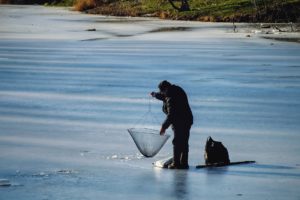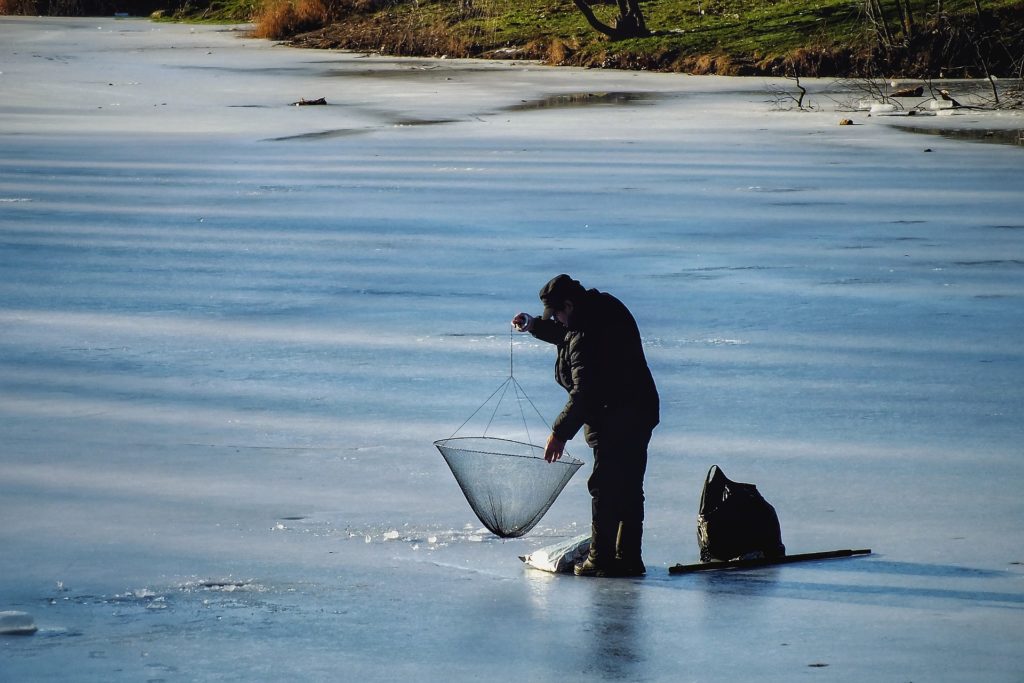Ice fishing is a popular winter activity for many anglers, but it can be challenging to locate fish under the ice. One tool that can greatly enhance your ice fishing experience is a fish finder. A fish finder uses sonar technology to detect fish and other underwater structures, giving you valuable information on where to fish. In this article, we will explore the benefits of using a fish finder for ice fishing, how to choose the best portable fish finder, and tips and tricks for getting the most out of your fish finder while ice fishing.
How to choose the best portable fish finder for ice fishing
When choosing a fish finder for ice fishing, there are a few key factors to consider. First, look for a fish finder with a high resolution display. This will give you a clear and detailed view of the underwater structures and fish. Next, consider the transducer. A transducer is the part of the fish finder that sends and receives the sonar signals. A transducer with a wide beam angle will give you a larger coverage area and a better chance of detecting fish. Also, consider the portability and battery life of the fish finder. Since you will be ice fishing, you will want a fish finder that is easy to carry and has a long battery life.
Choosing the best ice fishing sonar for you!
Setting up and using a fish finder while ice fishing
Once you have chosen a portable fish finder, it’s time to set it up and start using it. First, make sure the battery is fully charged or bring extra batteries. Next, mount the transducer to the bottom of the ice fishing rod or attach it to a float. Turn on the fish finder and adjust the settings as needed. You can experiment with different settings to see what works best for you. Once you start fishing, keep an eye on the fish finder display for any signs of fish or underwater structures.
Tips and tricks for getting the most out of your fish finder while ice fishing
- Experiment with different settings on your fish finder to see what works best for you and the conditions of the lake or river you are fishing on.
- Look for fish at different depths. Fish can be found at different depths depending on the time of day, water temperature, and other factors.
- Try using different lures or baits to see what the fish are biting on.
- Pay attention to the bottom structure on your fish finder display. Fish often congregate around underwater structures such as drop-offs, weed beds, and rock piles.
- Use your fish finder in conjunction with other ice fishing gear, such as a flasher or an underwater camera, to get a more complete picture of the underwater environment.
Additional resources for ice fishing gear
A fish finder is a valuable tool for any ice fisherman, providing valuable information on where to fish and what to use. Remember to choose a portable fish finder with a high resolution display, a wide beam angle transducer, and a long battery life. Take the time to set it up and experiment with different settings to get the most out of your fish finder. Additionally, be sure to check out other ice fishing gear such as flashers and underwater cameras for a more complete picture of the underwater environment.
In conclusion, a fish finder is an essential tool for ice fishing. It can help you locate fish and other underwater structures, which can greatly increase your chances of catching fish. Use the tips and tricks provided in this article to get the most out of your fish finder while ice fishing. Please share any comments or recommendations in the comments if you have found a fish finder that works well for you during your ice fishing adventures!
More DIY posts!
